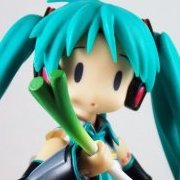
Following changes include:
Fixed flag typo correcting LUAWORKS to LUAWERKS Moved error.mat/tex to the Materials/Common folder Added a useuisystem boolean to disable the menu, Adjusted VR mode not to call any UI elements. At this time, this update is only exclusive to the Leadwerks Marketplace.
About Luawerks
Luawerks is a Lua framework for video games developed on the Leadwerks Game Engine. It supplies developers with additional functions, handles the game loop and allows them to debug their code with a developers console. With all that out of the way, you can focus on making your game fun!
You can purchase Luawerks from the Leadwerks Marketplace for $9.99.
For documentation and bug reporting, please visit the GitHub page.
- Read more...
- 1 comment
- 1,409 views

